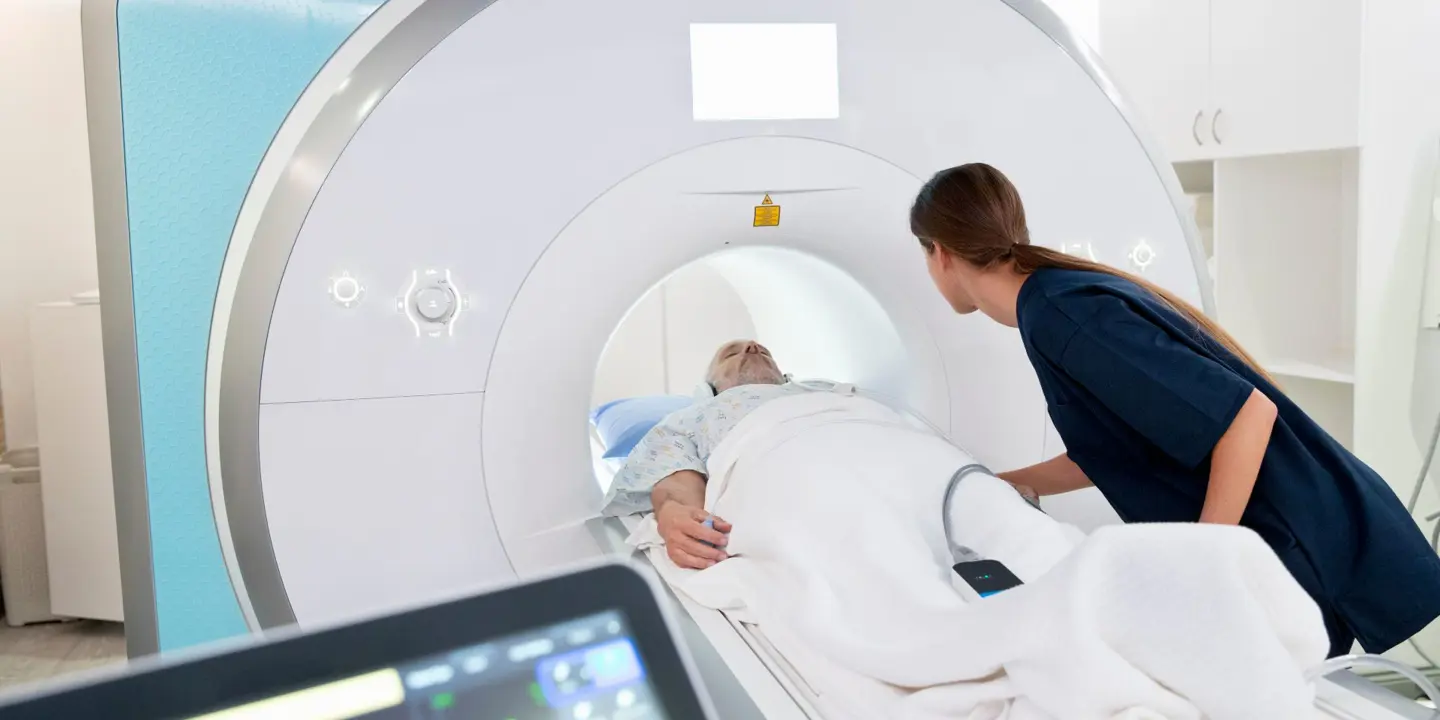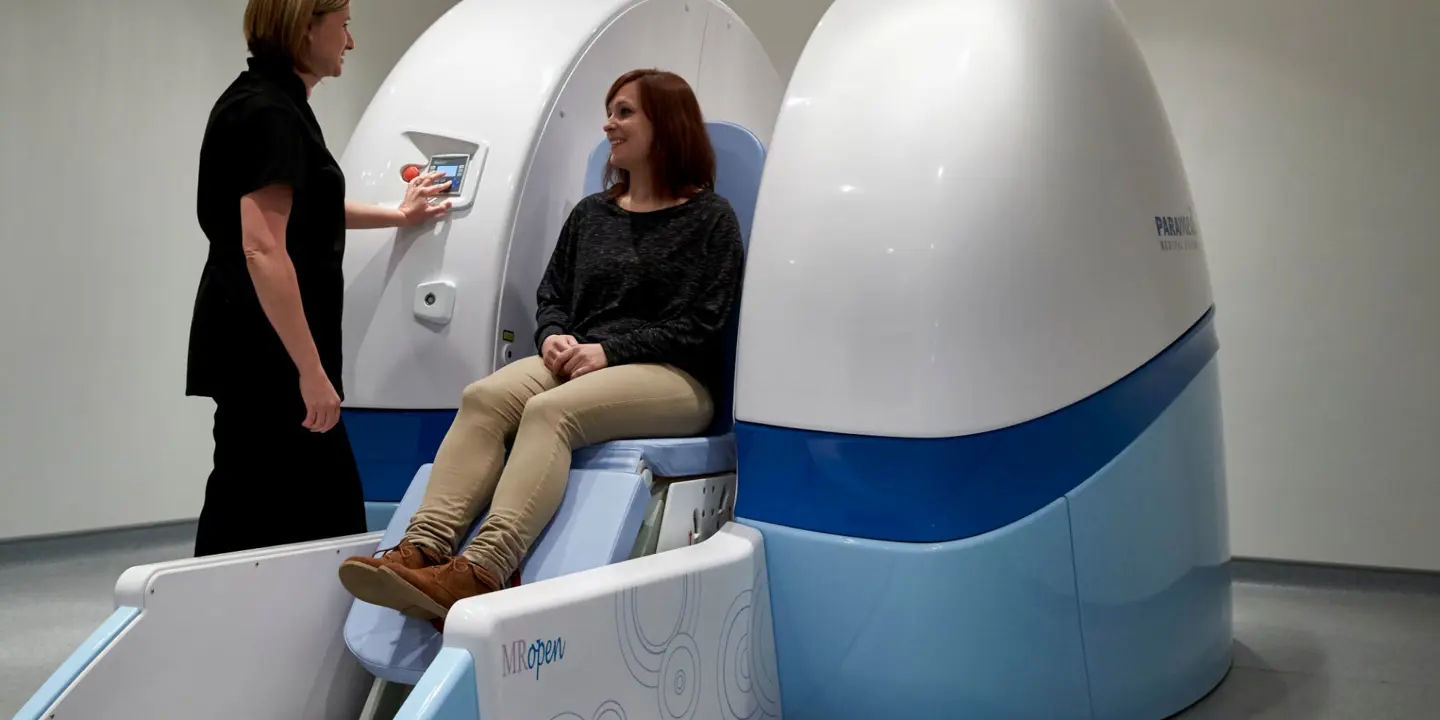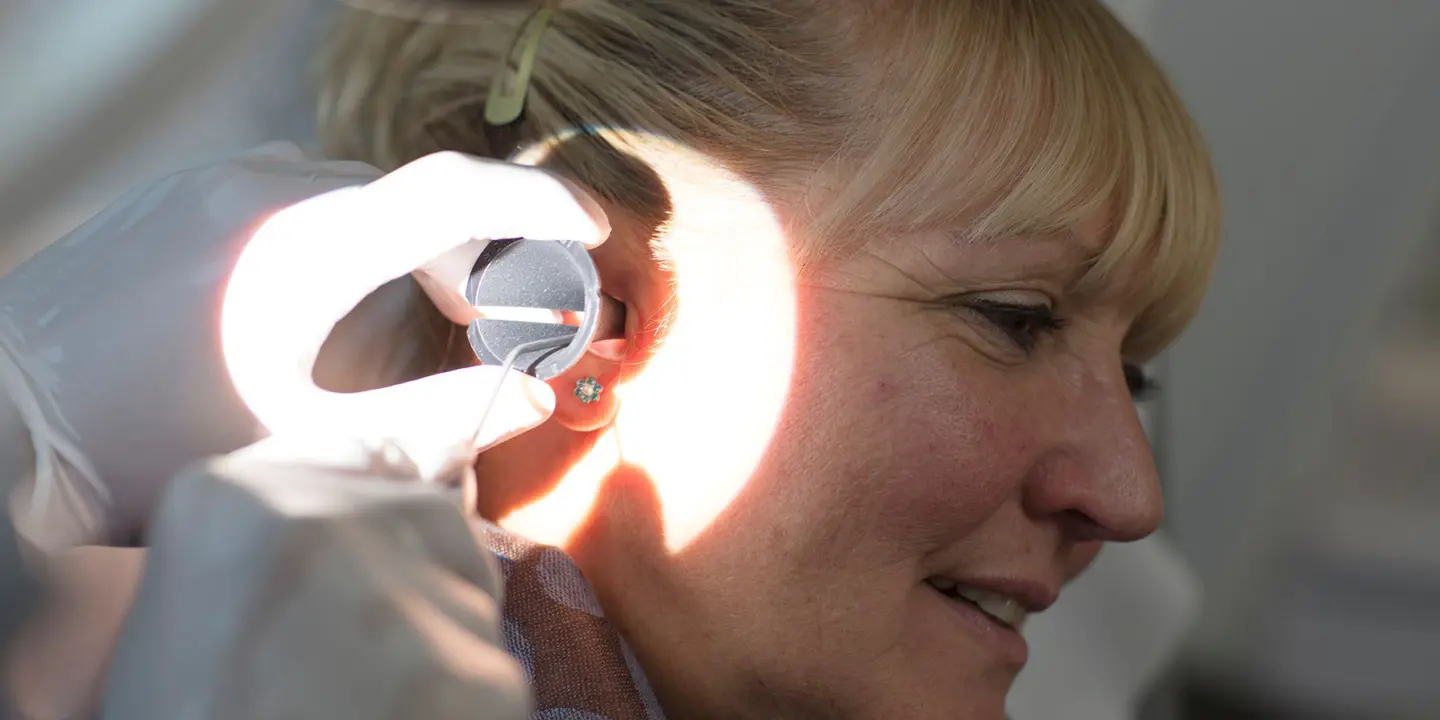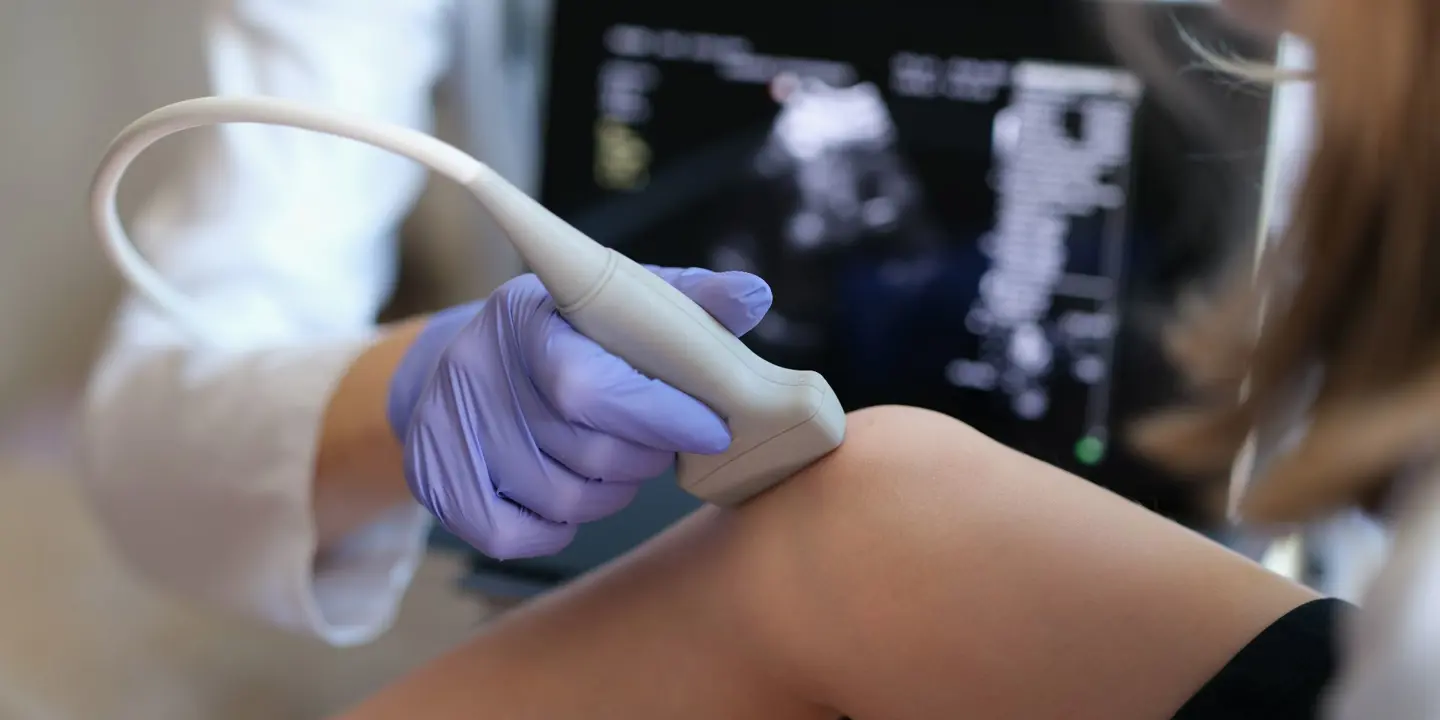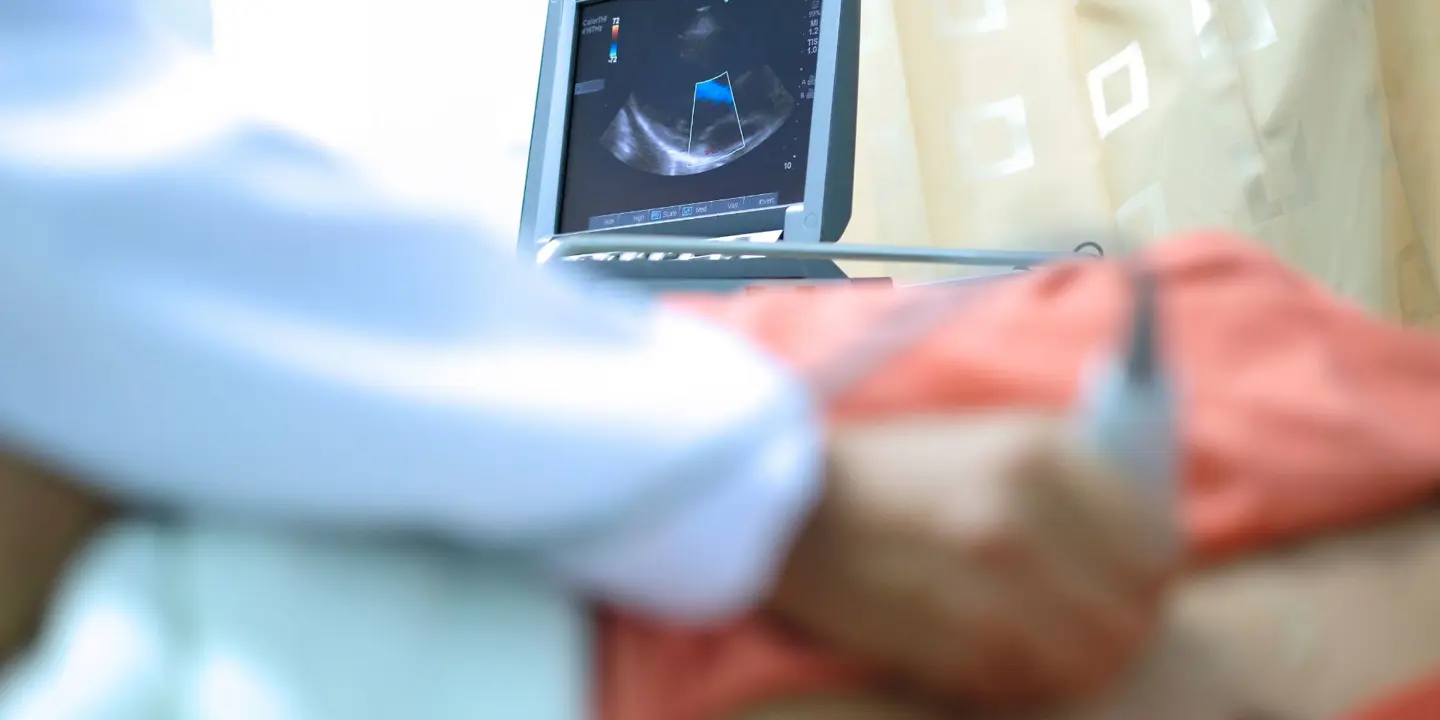Understanding the Basics
MRI stands for Magnetic Resonance Imaging. It is a non-invasive imaging technique that uses powerful magnets and radio waves to create detailed images of the inside of your body, including the spine. Unlike X-rays and computerised tomography (CT) scans, MRI imaging does not involve harmful radiation exposure. We offer three spinal MRI scans: the lumbar, thoracic, and cervical spine.
Each type of scan takes images over three planes (directions):
- Axial - from top to bottom
- Sagittal - from one side to the other
- Coronal - from front to back
Lumbar and Sacral Spine (lower back)
The lumbar spine, or lower back, is a common source of pain and discomfort. A lumbar spine MRI can provide high-resolution images of the bones, discs, nerves, and surrounding tissues. This allows doctors to pinpoint herniated discs, spinal stenosis, or nerve compression, often responsible for lower back pain and sciatica. The lumbar spine comprises the final five vertebrae, denoted as L1-L5, situated between your ribcage and pelvis. These vertebrae are notably more prominent than those found at the upper part of the spine, primarily because they bear a more significant load and absorb a higher level of impact.
Thoracic Spine (middle back)
The thoracic spine encompasses the T1-T12 vertebrae in the middle of your back. These vertebrae play a crucial role in governing the functioning of your hands, arms, fingers, chest muscles, abdominal muscles, reproductive organs, and bladder. Additionally, the thoracic spine safeguards the spinal cord, secures the rib cage, and supports the neck and upper part of the spine, known as the cervical spine. The thoracic spine is less prone to problems than the lumbar region. However, it can still be affected by conditions like herniated discs, fractures, or tumours. An MRI of the thoracic spine can accurately detect these issues and guide healthcare professionals in their treatment approach.
Cervical Spine (neck and upper back)
A cervical MRI will examine the soft tissues in your neck and the cervical spine, which encompasses the portion of the spine located in your neck, commonly called the C1-C7 vertebrae. MRI scans of the cervical spine are vital for assessing conditions such as herniated or bulging discs, joint disorders, injury or trauma to the spine or spinal cord compression.
If you're struggling with back pain or sciatica, an MRI scan is an invaluable tool that can help diagnose the root cause of your discomfort. 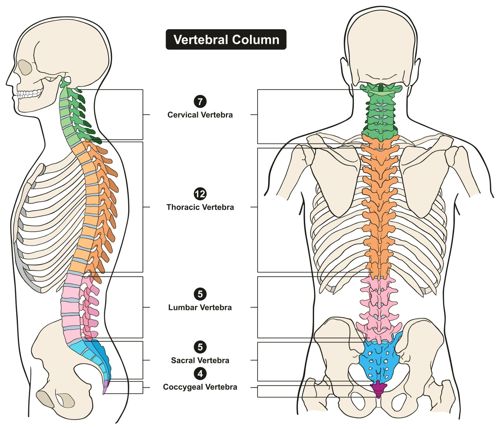
Common questions about Spinal MRI Scans
Why may I need a spinal MRI scan?
If you have any of these symptoms, you might need a spinal MRI:
- Back pain resulting from an injury
- Lower back (lumbar) pain
- Mid-spine (thoracic) pain
- Neck (cervical) pain
- Severe, chronic, and persistent back pain
- Stiffness in your lower back area
- Pain radiating to legs
- Pain radiating to arms and chest
- Worsening tingling, weakness, or numbness in the arms and leg
- Difficulty walking and keeping your balance
How long does a spinal MRI scan take?
The duration of an MRI of the spine can vary depending on several factors, including the specific type of spine MRI, the area being scanned, and the imaging facility's protocols. In general, a routine MRI of the spine typically takes approximately 20 minutes to an hour. However, more complex or detailed scans, such as those involving contrast dye or focusing on multiple spine sections, may take longer, potentially up to 90 minutes or more.
What does a spinal MRI scan show?
An MRI (Magnetic Resonance Imaging) scan of the back is a valuable diagnostic tool that provides detailed images of the internal structures of the spine.
Private Back and Spine MRI Scans
Self-referring and booking an appointment for a spinal MRI scan with Vista Health is straightforward and convenient. Our user-friendly online booking platform allows you to take control of your health by scheduling your spinal MRI scan at your convenience.
References
Cervical MRI Scan: Purpose, Procedure, and Risks (healthline.com)
Thoracic MRI of the Spine: Purpose, Procedure, Results (webmd.com)
80% UK adults experience back pain - The Regenerative Clinic



